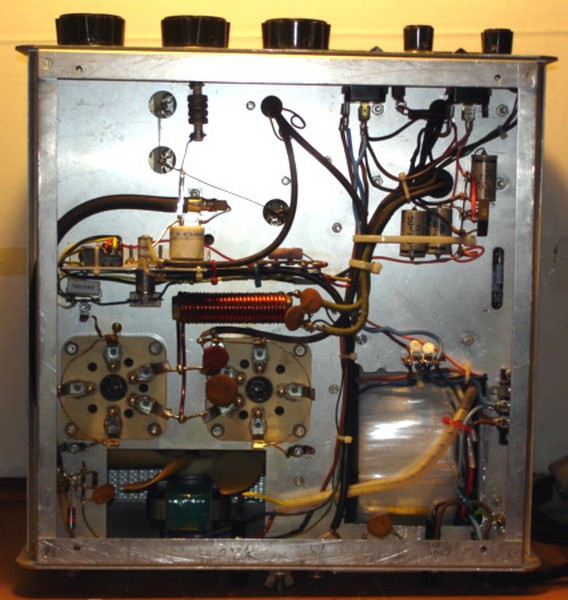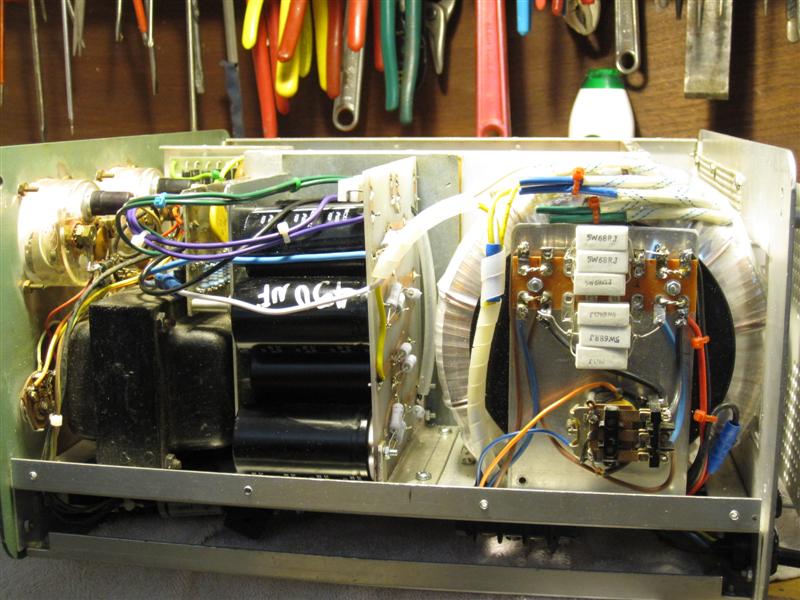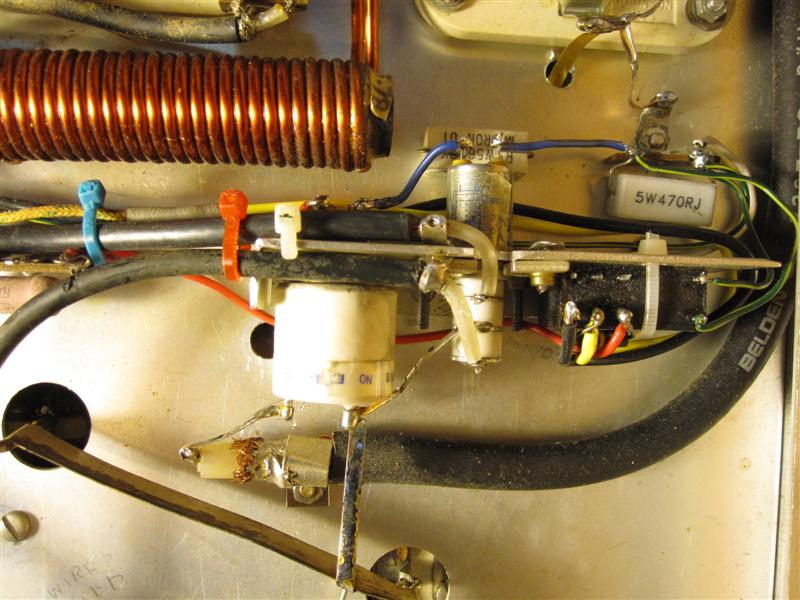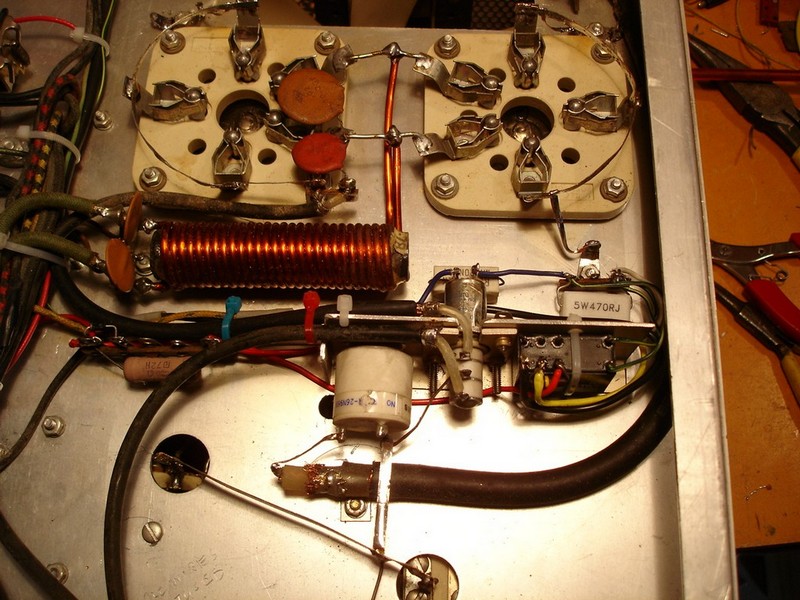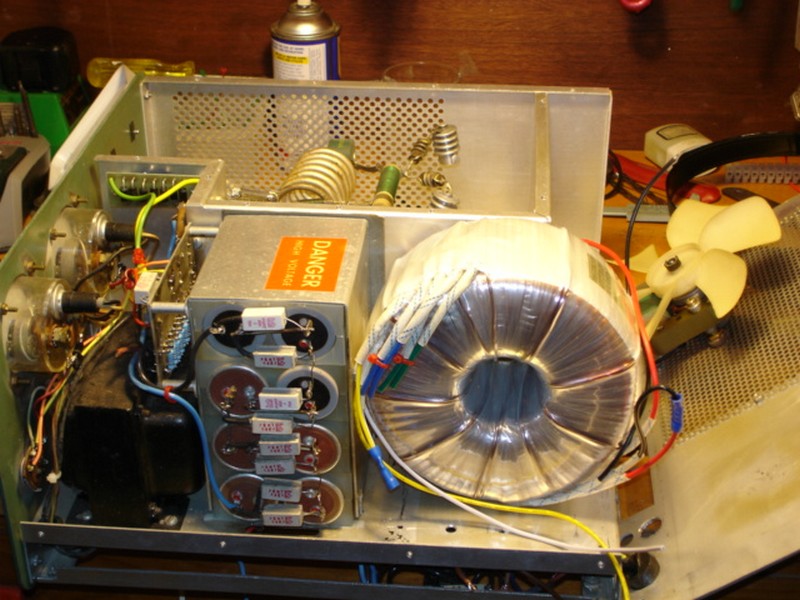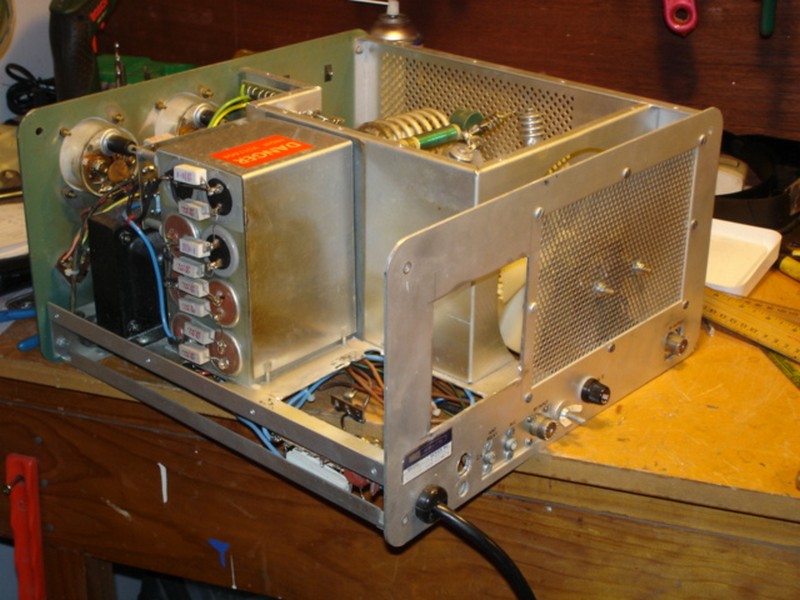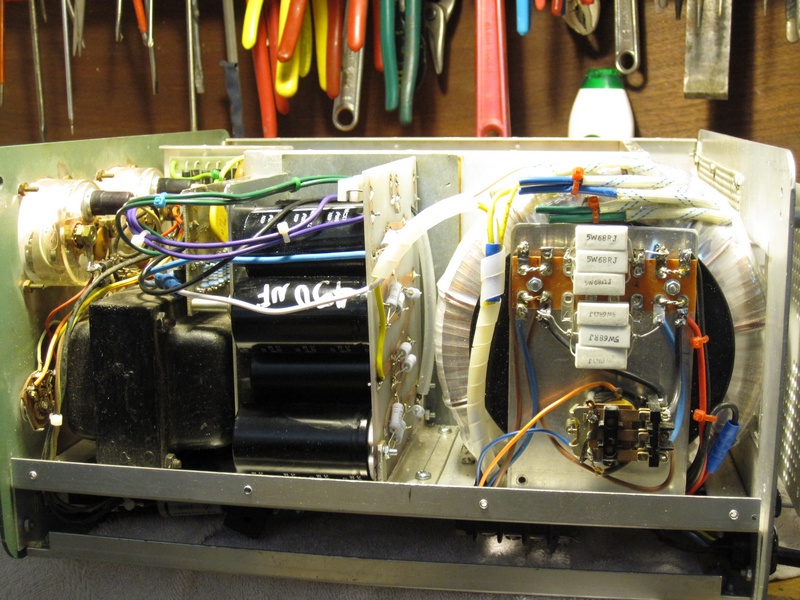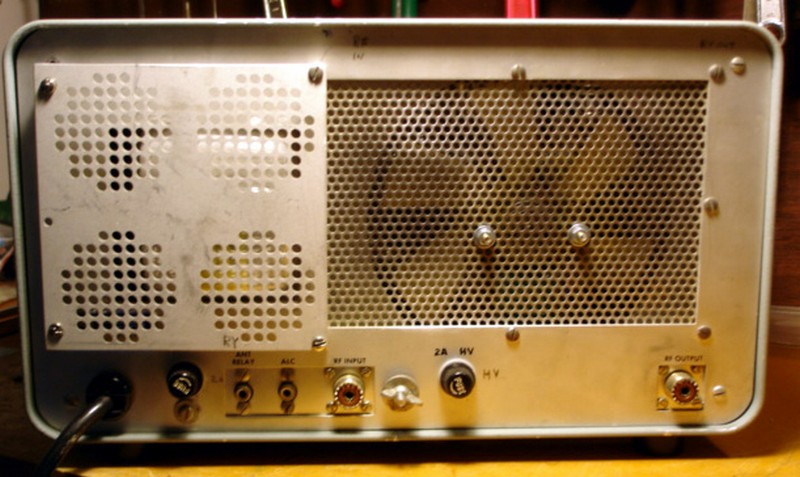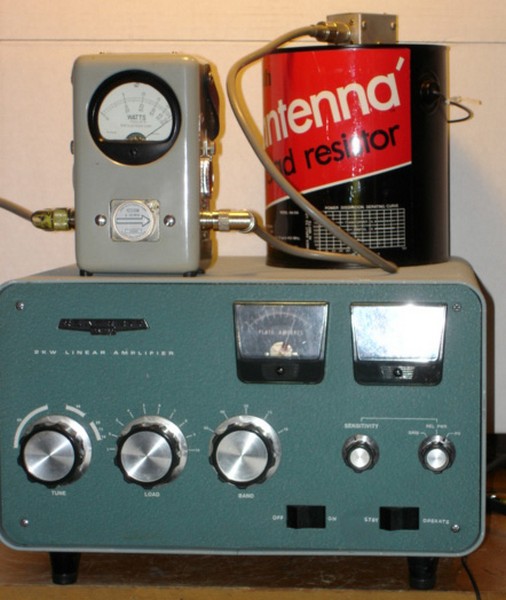Choosing Your First Radio by – Chris Levin, KB7YOU
1 Introduction
Ham radio is an exciting hobby – and there is a lot more to it than just talking on the radio.
Amateur radio provides a framework that supports a wide variety of interests. With amateur radio as a resource and guide you can experiment with digital communications and RF/Internet gateways, you can design and build electronic devices and talk to stations in outer space.
You can study propagation and atmospheric conditions or listen to interstellar signals created by the explosion of stars and much more.
Of course, communications is an important part of the amateur radio world. Meeting new people around town and around the world is tremendous fun.
Whatever your interests and goals, amateur radio can provide value to your endeavors.
The very versatility that makes ham radio so interesting can also cause problems. As a new ham or even as an experienced operator trying out a new aspect of the hobby, the huge amount of information available can be difficult to sort through. The Internet can be a valuable tool but with so many people giving conflicting advice, how do you know what’s right? That’s where this paper comes in. My goal is to give the new ham some basic, general information on radio types, their pros and cons and the ways that they can be used.
The information in these pages is based on my first hand experience. I don’t write about things I have no skill or experience with. By following these rules I can ensure good accuracy in the information I present.
I hope that you enjoy reading this document and that it helps you with your radio purchase. If you have questions, comments or corrections I would enjoy hearing from you.
2 Radio Types
2.1 Terms you need to know:
- DC to Daylight – Refers to the new breed of radios that cover the HF (1.8MHz – 30MHz + 50MHz to 54MHz), VHF (144 MHz – 148 MHz) and UHF (420 MHz – 450 MHz) amateur bands. These are all mode radios and are available in a variety of form factors and feature sets.
- All Mode – A term used to describe radios that support CW, SSB, AM, FM and various digital communication modes. Most modern HF radios and some VHF/UHF radios are all mode.
- Dual Band – Generally refers to a radio that covers the 2 meter and 70 centimeter amateur bands.
- HF – The 160 meter to 6 meter amateur bands.
- VHF –The 2 meter amateur band.
- UHF – The 70 centimeter amateur band.
Choosing a first radio is one of the most important decisions you will make – and one of the toughest. The right radio for you will depend on what you want to do now and in the future. It can be hard sorting through all the advice. To get you started I have listed each of the common radio types and some reasons to consider each.
2.2 Mobile 2 Meter and Dual Band Radios
The mobile 2m or dual band radio is the workhorse of local communications. These radios are most commonly used for communications via local repeaters and for short haul simplex communications. Most of these radios will also let you do PACKET or APRS communication with the addition of software and hardware. Some dual band mobile radios are also suitable for basic satellite communications. The majority of mobile radios are FM only and the most common bands they support are 2m and 70cm.
There are many radios available in this category. Prices range from under $200 for a basic 2m mobile up to $500 for models with built in PACKET modems and APRS software.
Things to consider:
- If you live in an area with an active ham community chances are good that there is a lot of activity on the 2m and 70cm FM bands. One of these radios will give you lots of opportunities to communicate.
- If you have a Technician license and plan on waiting a while to upgrade then your HF choices are very limited. A 2m, 70cm or dual band radio is an excellent choice for day to day communications.
- If you are interested in PACKET or APRS then you need a 2m FM radio. A basic mobile rig or one of the more sophisticated rigs with a built-in PACKET modem is a must for these modes.
- If you drive a lot or like to take road trips the mobile dual band radio is an excellent choice. In remote areas, the relatively high power output of these radios (usually 25 to 75 watts) will allow you to make contacts over distances of 20 to 50 miles.
Advantages:
- High output power – These radios have power outputs ranging from a low of 20 watts up to 100 watts for some models.
- Flexible – You can use these mobile radios in your car or your house (with the addition of a deep cycle battery and/or power supply). They also work with a wide variety of antennas allowing you to choose an antenna that suits your needs.
- Feature rich – The larger form factor of these radios makes it simple for manufacturers to add extra features. The larger size also means that buttons and displays are larger and easier to use. You can purchase mobile radios with built in TNC’s (PACKET modems), cross band repeaters, general purpose scanners and other features.
Disadvantages:
- Power requirements are higher than for handhelds. Most mobile radios are not going to be suitable for QRP or camping applications because of the large batteries required.
- Limited modes and bands – These radios only work on the 2m and 70cm bands (some also cover 220MHz, 6m and 10m). Most of these radios only support FM communications.
- External power supplies or batteries are needed for home use.
2.3 The DC to Daylight Radio
The “do it all” HF/6m/2m/70cm (and even higher!) radios are relatively new to the market. Often referred to as “shack in a box” radios they can be a great way to explore all of the common modes and bands available to the curious ham.
So why should you consider one of these radios? There are several reasons. First, they give you a little bit of everything – HF, 2m SSB, local repeaters and more. They are also great space savers if you don’t have room for multiple radios. If and when you decide to add a specialized radio to your setup or if you decide to buy a better performing “built to task” rig, your DC to Daylight radio will make a fine secondary rig. In many cases you can use it in conjunction with your other radio (especially if they are from the same manufacturer) to facilitate things like full duplex satellite operations. These radios will serve your needs as your license privileges grow and as your interests change.
Advantages:
- Ready to go as you upgrade your license.
- Space saving.
- Many DC to Daylight rigs have rich feature sets and support things like satellite communications, packet cluster tuning and other digital modes and computer control.
- Good features per dollar. These rigs give you a lot of “bang” for the buck.
- Available in mobile and base station sizes and recently in portable/backpack sizes.
Disadvantages
- Can be complex to operate with many menus and options.
- Price premium over a similar quality HF only or VHF only all mode radio.
- Generally they do not perform as well as dedicated built to task radios.
2.4 HF Base Station
The traditional 160 meter to 10 meter HF base station rig provides more features, more capable components and a larger form factor than mobile or portable rigs. Most HF base stations provide 100 watts of output power and many have built-in antenna tuners. There are a huge number of new and used rigs available in every price range.
With its larger form factor, the HF base station generally has a better receiver, more features, easier to use controls and will generally perform better than a similarly priced portable or mobile unit. Some HF base stations give you all mode capabilities on 6m and 2m in addition to their HF capabilities. Since there are so many HF base station radios to choose from you should spend some time on the ham radio web sites (eHam, ARRL, QSL.NET) reading reviews and examining features.
2.5 Handheld Radios
Handheld radios are nice, some are full of bells and whistles and many are less expensive than mobile or base radios. But I think you should consider a handheld as a second radio. Why? Modern handhelds are marvels but they have limited features, power and antennas. Yes you can add an amplifier and an external antenna but the amplifier + handheld will cost you as much as a mobile rig. Handhelds have limited frequency coverage and sensitivity. You are not going to get the most out of radio with just a handheld. If you absolutely must have one (I did!) then start with something simple while you save for one of the rigs described above. The ICOM Q7A is an excellent choice. Its $99, uses 2 AA batteries, puts out 300mW and does 2m and 70cm as well as having an excellent general coverage VHF/UHF scanner built in.
3 The KB7YOU Station Setup
I like to explore all aspects of amateur radio. I don’t have a favorite mode and I like to try out lots of different things from CW to meteor scatter to digital modes to portable operations while camping. Here is the equipment that I have collected over the last 2 years. It might give you an idea of what a typical but modest station looks like.
-
Antennas – I have several permanent antennas and I’m always experimenting with them and building new ones. Since I like to check out all the bands and because I do a lot of portable operation my antennas are pretty simple. Here is what I have:
· Inverted L – Up 35 feet and 220 feet long. This antenna is connected to my radios via an AH-4 antenna tuner, the internal tuner in my rig or a QPAK antenna tuner. The antenna runs east/west and, with my tuner, gives me all or partial coverage of all bands from 80 meters to 6 meters. I experimented with this antenna for several months, adding station grounds, radials and adjusting its length and height to get it working well. I made the antenna from a scrap length of CAT-5 networking cable.
· 40 meter dipole – I had an old G5RV floating around and I strung it up about 25 feet between a few trees in my yard. I connect this antenna to my AH-4 tuner or directly to the internal tuner in my radio. It works well on 40 meters through 6 meters. Since it runs north/south it complements my “L”.
· Force 12 40 meter vertical dipole – This is a really neat antenna. It is car portable (breaks down into 4 foot sections) and can be setup in about 30 minutes. It comes with great instructions, a series of matching coils and all the hardware you need to get it up and running. I’ve learned a lot about dipoles and antenna matching methods playing with my Force 12. I plan on setting it up permanently at my home so I can use it more frequently. It performs very well and if you set it up for 40 meters and leave off the matching coils an antenna tuner makes it useable on 80 meters through 6 meters.
· Backpack portable vertical whips – Last summer I spent some time designing, building and experimenting with vertical antennas. I now have a collection of verticals that I can strap to a pack or setup in 5 minutes or less. I use these for QRP and occasionally set one up at my house. If you are interested in experimenting with and building your own antennas this is a great place to start. Some hardware, wire, PVC tubing and a selection of whips and ham sticks are all you need. I built 5 antennas for less than $50.00.
· 2m/70cm collinear antenna – A basic omni directional base antenna for 2m & 70cm FM contacts. I’ve also had good luck using this antenna for 2m and 70cm SSB contacts even though most SSB folks use horizontally polarized antennas.
-
My handheld: Icom W32A dual band radio. Nice radio. You can receive on 2m & 70cm at the same time or receive 2 2m or 2 70cm stations at the same time. Not as small as a lot of handhelds but a good size AND you can use a $20 battery pack that takes 6 NiCad’s. Much cheaper than the $80 to $100 battery packs most radios need. This radio costs about $250.00.
-
My first “real” radio: Icom IC706mkIIg. This is a really great rig. I use it as a mobile and as a base. It lets me use 2m and 70cm repeaters during my commute plus it gives me 2m & 70cm SSB, digital and CW for DX’ing, satellites and other stuff. It’s got HF coverage from 160m to 6m and you can get the AH4 antenna tuner which is a very handy device. All around a very solid radio will 100w output on HF, 50w on 2M and 30w on 70cm. You can get one new for about $700.00
-
My base station HF rig: My base station radio is a DC to Daylight Kenwood TSB-2000. This is an all mode radio that covers HF, 6 meters, 2 meters, 70 centimeters and 1296 MHz. The B version is a 100% computer controlled radio. The front panel has a power switch and nothing else! I’ve really been enjoying this radio. The receiver seems excellent, the transmit audio is great and I have received many good reports from other hams. This has become my workhorse rig. With a built in TNC, satellite capabilities, computer control and excellent DSP IF filtering, the TS-2000 is meeting all of my needs. It is a good “bang for the buck” rig at about $1,300. The TS-2000 (has the normal front panel displays and buttons) runs about $1,500 as of November 2004.
-
My 2m/70cm FM mobile: I have a Kenwood TMD700A which I got because it has a built in TNC and APRS. Plus it’s a very good, computer controlled dual band rig with some extra features like cross band repeating and the built in TNC. This is an expensive radio at $500.00 and probably not a good first choice. If you are interested in packet or APRS you can use a program on your PC and any 2m rig (like the 706 or a handheld) to explore this mode.
4 Radio Purchasing Tips
My first piece of advice is: Do not spend too much money on your first radio!
Why? Well, you are also going to need an antenna, wire, coax, grounding rods, dummy loads, test meters, books and all kinds of other things to get on the air at home or in your car. It’s sort of like buying a new car or computer. You need more than just a radio to get on the air. Also, since you are new, you don’t yet know what your tastes and preferences are going to be. So, be careful and go slow.
1. Do lots of research. Talk to other hams and read reviews. But be careful of advice. We hams are a passionate lot and can be blinded by loyalty to a brand or a mode. Figure out what you like.
2. eHam and ARRL are very good resources for information. Use them!
3. Don’t forget accessories: Coax, antenna, ground rods, power supply, desk (for base) or mounting equipment (for mobile) and other miscellaneous startup equipment. These initial purchases can use half your budget but are well worth it. If you skimp here to get a super duper rig you will probably be disappointed or operate in an unsafe manner.
4. A couple of reference books are a good idea: My choices: ARRL Handbook, ARRL Antenna Handbook, ARRL Operating Guide.
5. Used is OK but get help from an experienced ham. eBay has lots of deals but lots of junk as well. A local ham store (if you have one near you) is a good place to buy your first radio even if it costs a little more.
6. Join a radio club. Even if this is not your thing, a membership for a year can give you access to lots of other hams. And, you might like it.
I hope all of this helps you to pick a good first radio. You should check out some of the ham radio web sites. One site, eHam, has thousands of equipment reviews (note: These need to be taken with a grain of salt!). Go to http://www.eham.net. If you are not an ARRL member you should consider joining. Members can access comprehensive and impartial reviews at the http://www.arrl.org website. There is also a technical information section (TIS) that has all kinds of documents on antennas, modes, electronics and other stuff that is good to have. I use these sites weekly.
Have fun and good luck.
Back to top^

